From the listing description:
This building dates to 1890, formerly the Protection Hook and Ladder Company No. 3 prior to becoming the legendary Capital Saddlery. Now it’s been transformed into true Venetian elegance.
Obviously the cowboys pictured above knew nothing of true Venetian elegance. What does “true Venetian elegance” look like, you ask? Great question. Apparently all you need are…
Boots!
Busts!
Bold colors!
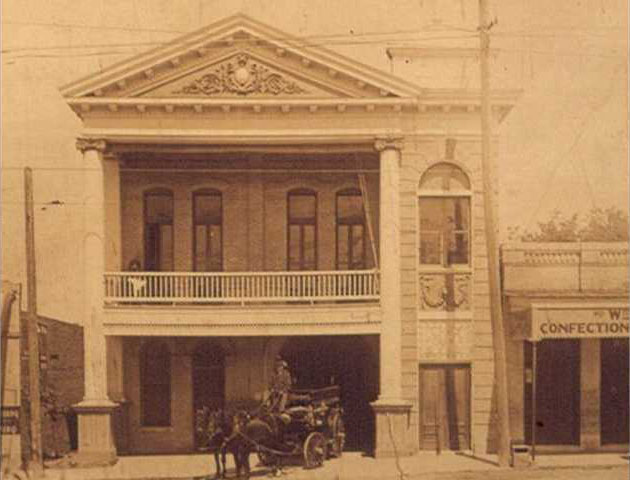
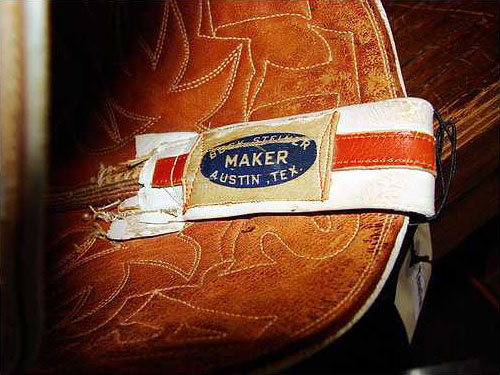
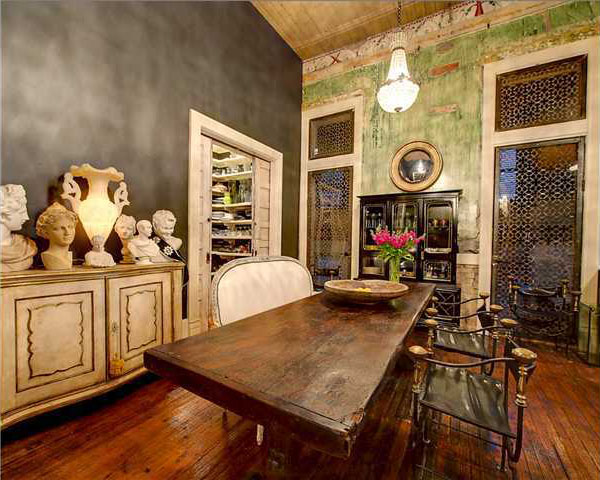

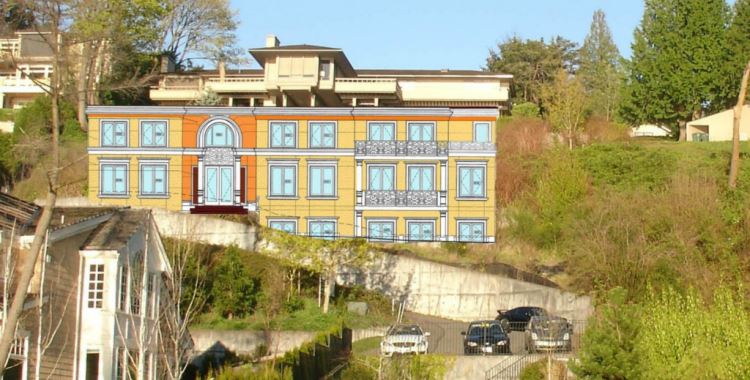
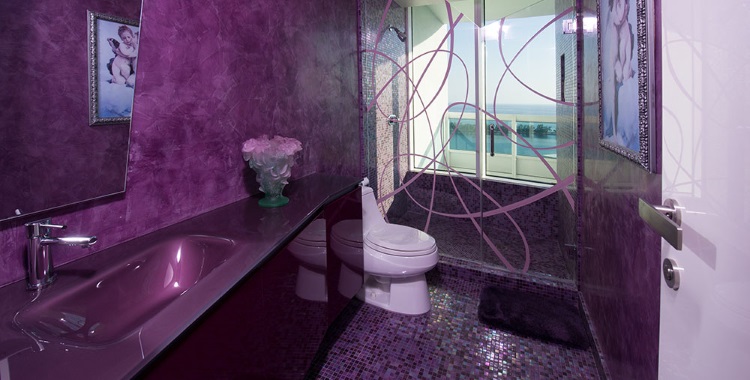
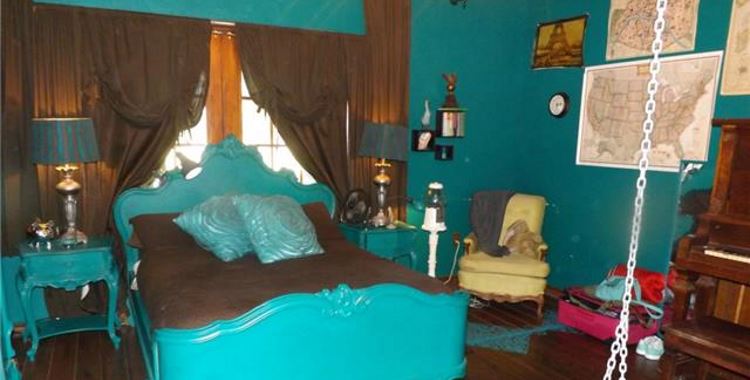

Yes, there’s nothing like painstakingly restoring an historic property… and then using wiped ink in the one room to make it look as though you just got done pulling down ancient wallpaper – and in the next room, hang modern wallpaper so ghastly they’ll want to pull it down. And stamp on it. Dear Lord, my eyes.
The second-to-last room could almost be forgiven for attempting that “shabby chique” look. The last one however…looks like a mobile superhero lair crashed into a French brothel.
I’m sure some designer was paid too much for that.
“What does ‘true Venetian elegance’ look like, you ask?” Like this:
“Venice has a rich and diverse architectural style, the most famous of which is the Gothic style. Venetian Gothic architecture is a term given to a Venetian building style combining use of the Gothic lancet arch with Byzantine and Ottoman influences. The style originated in 14th-century Venice, where the confluence of Byzantine style from Constantinople met Arab influence from Moorish Spain. Chief examples of the style are the Doge’s Palace and the Ca’ d’Oro in the city. The city also has several Renaissance and Baroque buildings, including the Ca’ Pesaro and the Ca’ Rezzonico.”
http://en.wikipedia.org/wiki/Venice#Architecture
– http://en.wikipedia.org/wiki/File:D%27s_palace.jpg
– http://en.wikipedia.org/wiki/File:Ca%27_d%27Oro_facciata.jpg
– http://en.wikipedia.org/wiki/File:Ca%27_Pesaro.jpg
– http://en.wikipedia.org/wiki/File:Ca_Rezzonico.jpg
– for interior shots, use Google image search for
“Venetian interiors”; you’ll find a nice mix of historic, traditional, and modern interiors
– for 19th century Venetian revival knock-offs, see the “Gallery” section here: http://en.wikipedia.org/wiki/Venetian_Gothic_architecture
I did a bit of research to answer what Venetian elegance looks like, but that post is awaiting moderation (because of multiple links, I guess). So for now, suffice it to say fuzzy wallpaper, blotchy woodwork and marble counter tops do not Venetian elegance make. Trust me on this – I’ve been there. *Style* comes in lots of flavors in Italy, but *elegance* never equals shabby chic. La Serenissima may be past her prime in many ways, but she still outshines this place across the boards.
Even the exterior is all wrong. The windows are the wrong shape and they are not grouped properly. Exterior decoration is completely different in tone and detail. Venetian Gothic architecture never uses classical pediments and Venetian Renaissance uses them sparingly, usually on churches.
And well, hello?! Paved street instead of watery canal!!
@Emerald63: Well for heaven’s sake! My moderated response was already in the pipeline when I left the second response!!! Marty – you actually do site work on the same day it’s posted! Amazing!! Thank you!
Perhaps this is on the order of [cue the Ricardo Montalban voice] “Fine, Corinthian leather.” [/Montalban].
Story goes they flat-out made up the term “Corinthian Leather” to describe the especially thin stuff they had sourced to be able to offer this touch to the mass market… and the rest is history.
No one had used it before, so it became their own. Someday we’ll look back on this posting as the source of [Montalban] True, Venetian elegance.. [/Montalban] accept no imitations.
:D
@Frodo: Most designers are paid too much for a lot of things…